The ongoing Takata airbag recall is one of the largest in U.S. history and is affecting an astonishing 37 million vehicles out there on the road. Is one of them yours? Find out if your car has an open recall for this or any other issue at safercar.gov.
How Airbags Work
Airbags are one car feature most drivers hope to never see in action. But have you ever wondered what’s happening behind that panel on your steering wheel? We break down the numbers behind this key safety innovation.
Less than 1/20th of a second. In that instant, an air bag can recognize a crash, assess its severity, determine the seat occupant’s position, and inflate the actual bag just the right amount.
It’s a fraction of a second that could save your life.
It was a close call while driving that led an engineer in Pennsylvania to receive the first U.S. patent for an air bag, in 1953; car companies began experimenting with the idea in the ’60s. Early designs had shortcomings, but improvements over time inspired more car companies to adopt the air bag—and frontal air bags have been required in all new passenger vehicles since model year 1999. The result: More than 50,000 saved lives from 1987 to 2017, according to the National Highway Traffic Safety Administration.*
What Occurs During Impact
So how does it work? The air bag system features four distinct steps, which happen in the blink of an eye.
- Detection: Sophisticated sensors determine when a frontal or side collision occurs that’s serious enough to warrant deploying this essential technology.
- Communication: The air bag system’s electronic control unit assesses information about where the impact occurred and how severe it is. It then immediately sends a signal to an inflator within the air bag module.
- Ignition: The signal triggers an almost instantaneous reaction: the ignition of a chemical mix that produces a harmless gas, which inflates the bag at speeds of up to 200 mph.
- Deflation: Tiny holes in the fabric of the bag allow the gas to escape. At this point the seat occupant comes into contact with the bag; the controlled deflation absorbs the person’s forward-moving energy.
Getting Some Air
When we picture air bags, we probably think of them deploying from the steering wheel. But this technology has proven so effective in saving lives that car manufacturers have been adding it to other areas of their vehicles. You might, for example, see “curtain” air bags, which (as the name suggests) cover windows—to help keep passengers in the car and dangerous materials, including shattered glass, out. Side air bags inflate between the person and the door in the event of a side impact. Other air bags are designed to protect an occupant’s knees. And center air bags, which inflate between passengers in both the front and rear seats, were introduced to help prevent passengers from causing injury to each other.
Smart Dummies
This new generation of air bags—and even the original itself—wouldn’t exist without extensive experimentation using crash-test dummies. They’ve been essential in determining an air bag’s optimal placement as well as the speeds necessary for safe deployment and deflation.
The first dummy, dubbed Sierra Sam, was “born” in 1949; his family has grown to include many heights, body types and “ages”—there’s even a dog. Of course, today’s dummies are also very technologically sophisticated. They’re made from 60 different materials, and they have 30,000 parts and up to 60 sensors, says James Davis, VP of engineering and program management at Humanetics, a company that manufactures them. Anatomically speaking, they’re extremely lifelike. Their joints are capable of a human’s range of motion, and their vinyl “skin” yields abrasion and cut data. But this information doesn’t come cheap: Each dummy can cost up to $1 million.
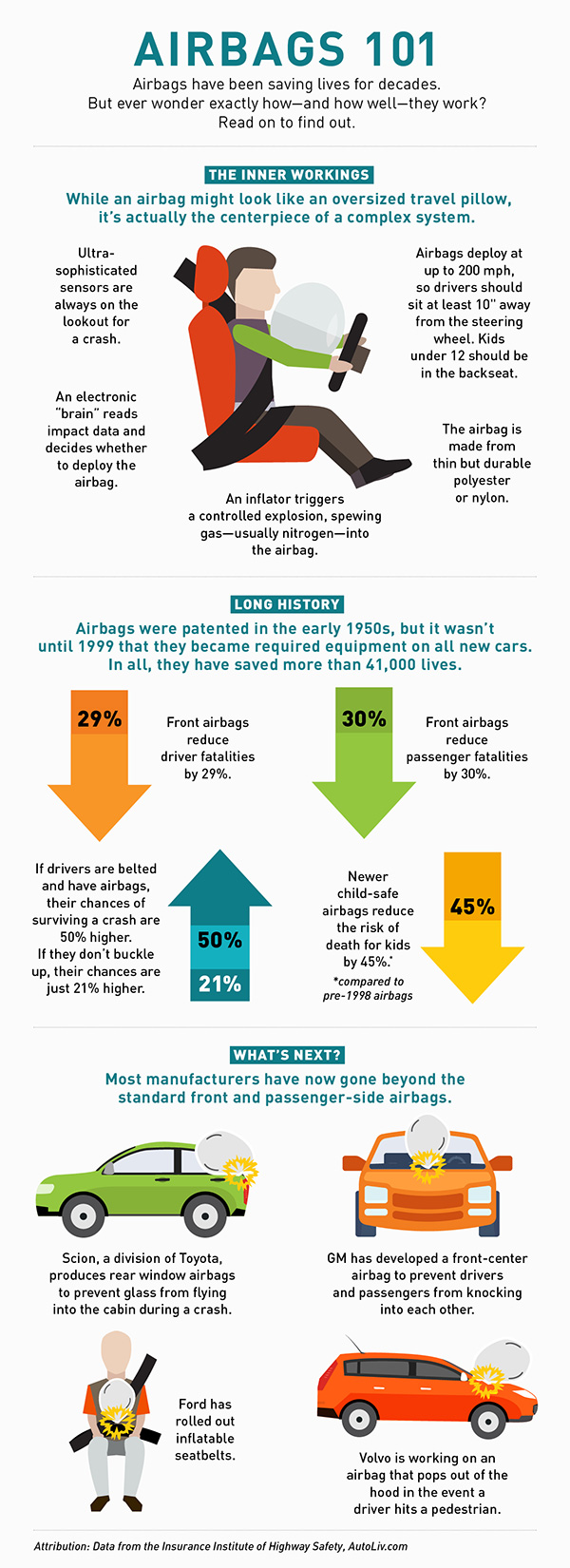
Your airbag helps protect you in case of an accident—and so can insurance. Find out how the right policy can help protect your auto, RV and other vehicles at geico.com.
Read More: Safety improvements haven’t stopped with the air bag. Here are 5 Hi-Tech Safety Features To Look For In A New Car.
By Adam McCulloch
Illustration by Graham Murdoch
*Statistics according to the Traffic Safety Facts and Air Bags reports from the National Highway Traffic Safety Administration

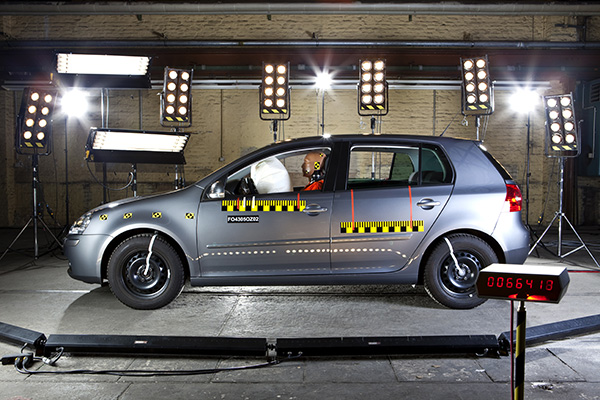



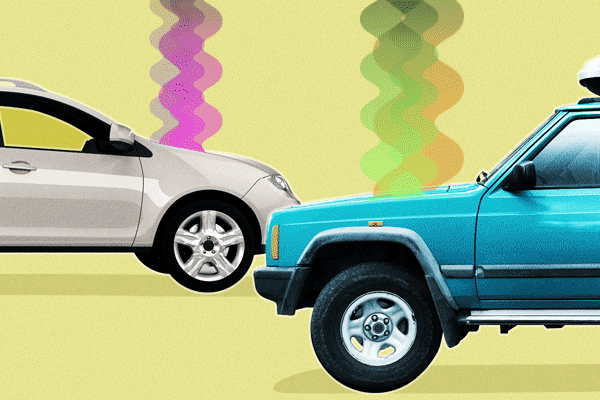
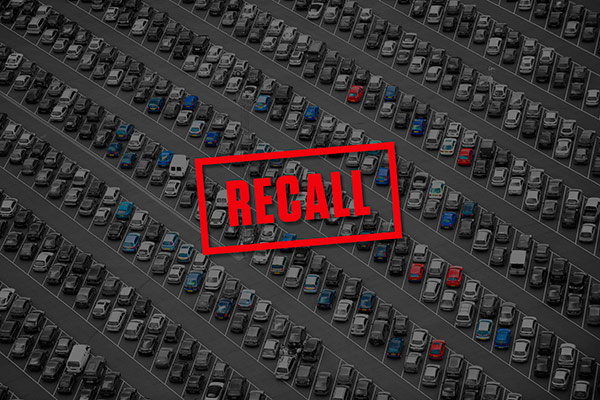


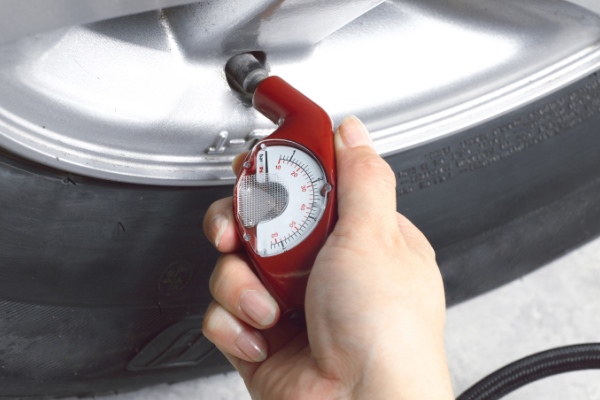
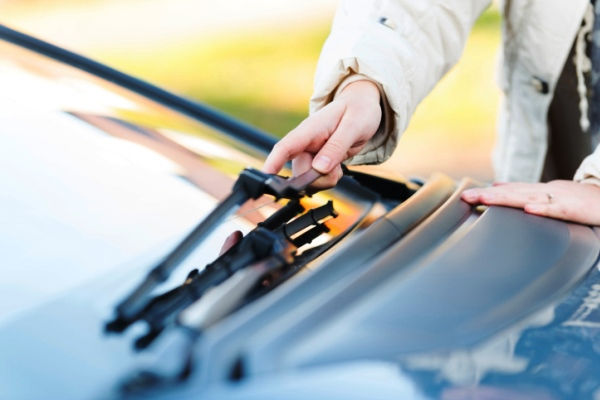
fausto aranda says,
thanks, I will open your e mail again
James Alex Nichols says,
I love all of the information provided. Thanks Geico.
ramon gonzalez says,
Will like to have some information about cost for maintenance on my toyota car